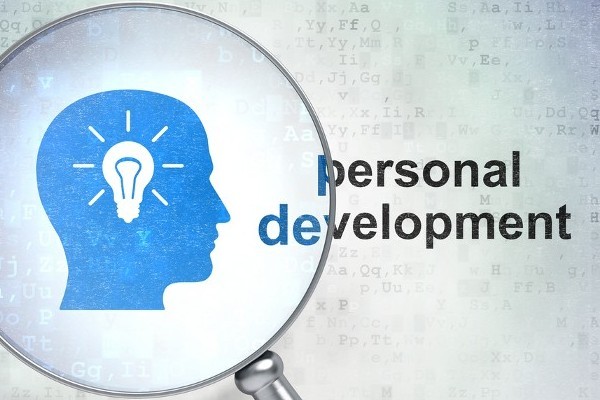- Tuesday 26 June 2018
Many hospitality and tourism managers struggle with the constant challenge of thinking and acting strategically whilst at the same time managing the operation effectively on an ongoing basis. That is undoubtedly a significant balancing act and operators are always on the lookout for models or frameworks that might help them, without being too complicated or cumbersome.
To help in this regard, the following model can be applied in both large and small enterprises alike; a model which draws from many strategic and operational models and combines the best of them into one place.
It summarises the key strategic and operational concerns applicable in all hospitality and tourism operations and describes the priority management concerns that all owners/managers are faced with:

As you can see from the diagram, the framework is progressive, and indeed continuous, in nature and comprises the following important elements:
Vision, Mission and Strategy
It begins with a focus on the vision, mission and overall strategy for the business which is really all about getting the ‘big picture’ thinking right.
Every business, regardless of size, needs a strategic context to guide decision-making, and that context begins with having vision and mission statements. Whilst on this subject, the raison d’être for any business is not ‘to make a profit’; for sure, profit is great, but it is a desired outcome from, and not necessarily the sole reason for, running a business - particularly in this industry. Vision and mission statements are critical because they create the context so that profit can be made: a subtle but vital distinction.
When developed and applied correctly tools like vision and mission statements can provide an effective strategic context - known to all - from which the business strategy can be developed.
Once vision and mission statements are established, broad strategies must then be developed which are, in essence, decisions taken as to how to bring the business from the current position to the desired vision whilst at the same time living up to the commitments made in the mission statement.
Strategic Goals
Once a broad strategy for the business has been developed, this must then be translated into concrete goals for the medium-term, across three dimensions:
- Management Goals – financial targets, and other non-financial goals; for example, in relation to quality, environmental management, hygiene & safety.
- Customer – targets in relation to customer satisfaction, loyalty, retention, market share etc.
- People – goals in relation to employee satisfaction, turnover, productivity etc.
Most businesses don’t make enough use of the ‘managing-by-goals’ concept in our industry, and where goals are effectively developed and applied they make a real difference to business performance.
Effective Leadership
Nothing can be achieved in any business without effective leadership, and in its absence, goals – no matter how well defined - remain but empty wishes. Although there is much hype surrounding the topic of leadership, it essentially means that managers, at all levels, can fully engage with their teams to achieve outstanding results.
Annual Planning
In order to make the strategic goals a reality, the focus has then to shift towards:
- The preparation of an annual business plan to drive the achievement of the goals. This integrated plan, which is prepared with input from all managers and staff as appropriate, combines the financial, marketing, HR and operational measures to be addressed in any given year to progress the business towards the goals.
Planning has two dimensions: operational planning so that you 'do things right’ in terms of customer service and so on and annual planning so that you ‘do the right things’ to achieve your goals.
Key Operational Processes
The annual plan is then implemented through a focus on key processes and there needs to be a shift away from thinking about what managers do, to a closer examination of what they achieve.
This means that individual managers must take greater ownership for their ‘process’ and continuously improve it, so that defined outcomes related to that process (specific targets across financial, non-financial, customer and employee dimensions) are achieved. This requires process owners to first work with their team to ‘map-out’ the key activities and sub-tasks within their area, and then to constantly enhance and improve on those activities and tasks in order to deliver the defined results.
Clearly the processes will vary depending upon the type and size of your enterprise but the principles of process management apply regardless.
The application of process management principles is relatively new in our industry but this development can generate improved operational effectiveness and ultimately increased profitability if applied correctly. In the companies using this approach, it does take time to change mindsets from a past focus on what 'we do', to one centred upon what 'we achieve', but once that mindset changes, the benefits seen in terms of performance improvement has been substantial.
Performance Measurement and Review
The final phase of the model relates to defining key performance measures globally for the business:
- Constant measurement and review of those metrics, this helps to define progress and identify where changes/improvements have to be made. Again, even though we have always had financial measures to guide us, there has not always been the same attention placed on non-financial aspects, so this takes time to set in motion.
But having created a dashboard of financial and non-financial measures, this provides a much more holistic, and therefore useful, analysis of how your business is really doing.
- The clarity of performance gained from better internal and external benchmarking of results in turn drives innovation and continuous improvement through: the redefinition of strategy and goals; improved planning effectiveness; greater employee involvement in decision-making and better management of processes as a result of the introduction of new ways of doing things.
Of course, applying a model such as this is more complicated in practice than this brief overview suggests, but the framework offers a template for owners and managers which will support decision-making and forward planning. It simplifies what needs to be done from defining the broad strategic context all the way through to the measurement of progress.
The framework is comprehensive, easy to communicate, readily applicable and more importantly, it works, in terms of the results it delivers for the business.
© Dobiquity Limited









